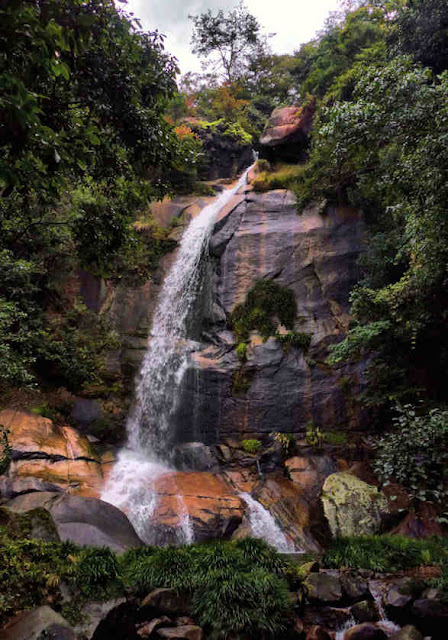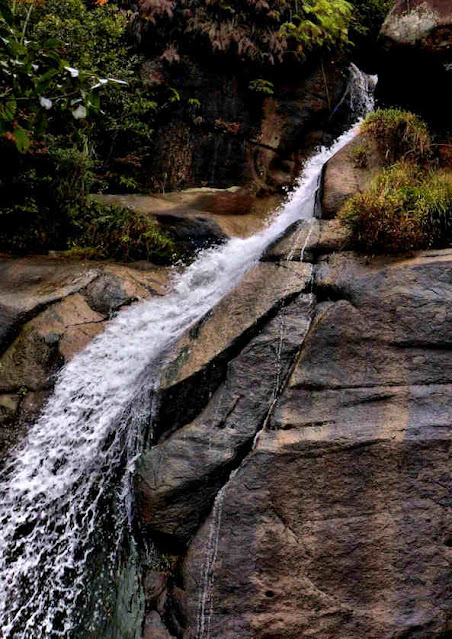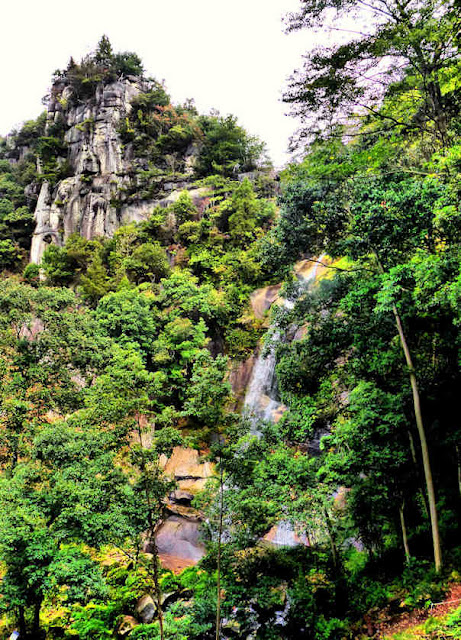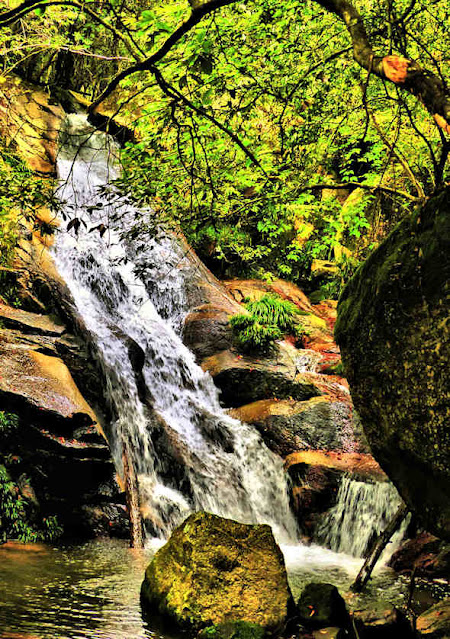Yuasa is a small town and port on the coast of Wakayama and once a resting point on the Kiiji Route of the Kumano Kodo, which was the reason I was visiting.
Enough of the old town and its architecture remain so that Yuasa was registered as an Historic Preservation Distrist, the only one in the whole prefecture.
Some of the preservation districts are big tourist spots, like Gion, or Kurashiki, and they are filled with cafes and souvenir shops, but Yuasa is more the kind I prefer, somewhat run-down and with few outsiders....
More recently, Yuasa was registered as a Japan Heritage Site, and so the increased funding and exposure has brought more visitors and some gentrification.
The reason is that Yuasa has a claim to be the birthplace of soy sauce.
According to the story, a Buddhist monk settled in Yuasa in the 13th century after returning from his studies in Chima.
He brought back a style of miso-making called kinzanji in Japanese. This produced a small amount of liquid that proved to be delicious as seasoning, so the local miso makers created a production method that increased the amount of this liquid, and so soy sauce was born.
Soy sauce production grew in the town with about 90 companies operating here in the Edo Period.
Only a handful remain, with Yuasa Soy Sauce Company being the biggest.
The tone hosts what it called the Seiro Museum. Seiro are wooden trays used in the production of soy sauce.
They are used as a frame to make displays of things related to everyday life in Yuasa.
They can be found throughout the historic district.
Since I visited there are now various ways to delve more deeply into the history of Soy in Yuasa, including factory tours.
Also, like Shodoshima and other locations in Japan, soy sauce-flavoured ice cream is on sale.
The first photo of the post, and the last couple, show the Kadocho Soy Sauce Brewery.












































































